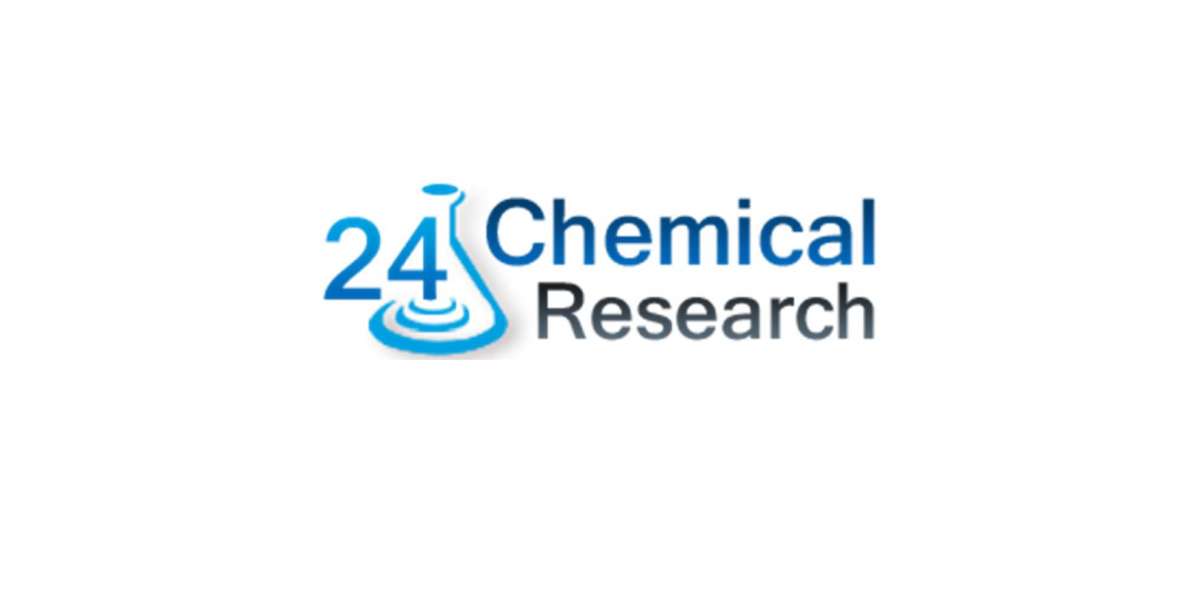What Constitutes High-Risk Smoldering Myeloma?
HR-SMM is characterized by an elevated number of abnormal plasma cells within the bone marrow and increased levels of monoclonal protein (M protein) in the blood. These indicators suggest a greater likelihood of developing active myeloma, despite the absence of overt symptoms commonly associated with the disease, such as bone pain, fatigue, or renal impairment. Key risk factors for HR-SMM include a high proportion of abnormal plasma cells, significantly elevated M protein levels, and specific genetic abnormalities that signal an increased risk of progression. Early identification of these risk factors is critical for effective monitoring and intervention strategies.
The Shift from MGUS to Myeloma: Understanding the Risks
MGUS is typically perceived as a benign condition with a low risk of progression to myeloma. However, HR-SMM marks a more advanced stage where the probability of transitioning to symptomatic myeloma rises dramatically. Research indicates that approximately 50% of patients with HR-SMM will develop active myeloma within five years. This stark contrast emphasizes the need for vigilant monitoring and proactive management. Patients may initially feel well, but the risk of serious health complications increases over time, necessitating early intervention.
Importance of Continuous Monitoring and Prompt Treatment
For individuals diagnosed with HR-SMM, continuous monitoring is imperative. Healthcare providers utilize a variety of diagnostic tools, including blood tests, imaging studies, and bone marrow examinations, to assess changes in plasma cell counts and M protein levels. Early detection of any significant fluctuations can trigger timely interventions, such as targeted therapies aimed at reducing the abnormal plasma cell population. Recent advances in treatment options, including new drug therapies and clinical trials, provide promising avenues for effectively managing HR-SMM and preventing its progression.
Conclusion
High-risk smoldering myeloma serves as a vital bridge between MGUS and active multiple myeloma. By recognizing this critical phase and understanding its associated risks, healthcare providers can implement proactive measures to monitor and manage patient care effectively. Through regular assessments and timely interventions, the risks associated with HR-SMM can be mitigated, leading to improved long-term outcomes and enhanced quality of life for patients at risk of developing full-blown myeloma. Ongoing research and advancements in treatment strategies will continue to play a pivotal role in the effective management of plasma cell disorders, providing hope and improved prognoses for affected individuals.








